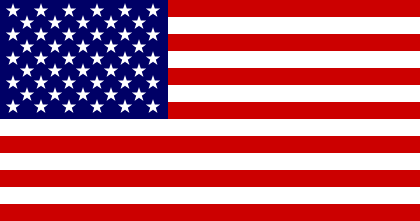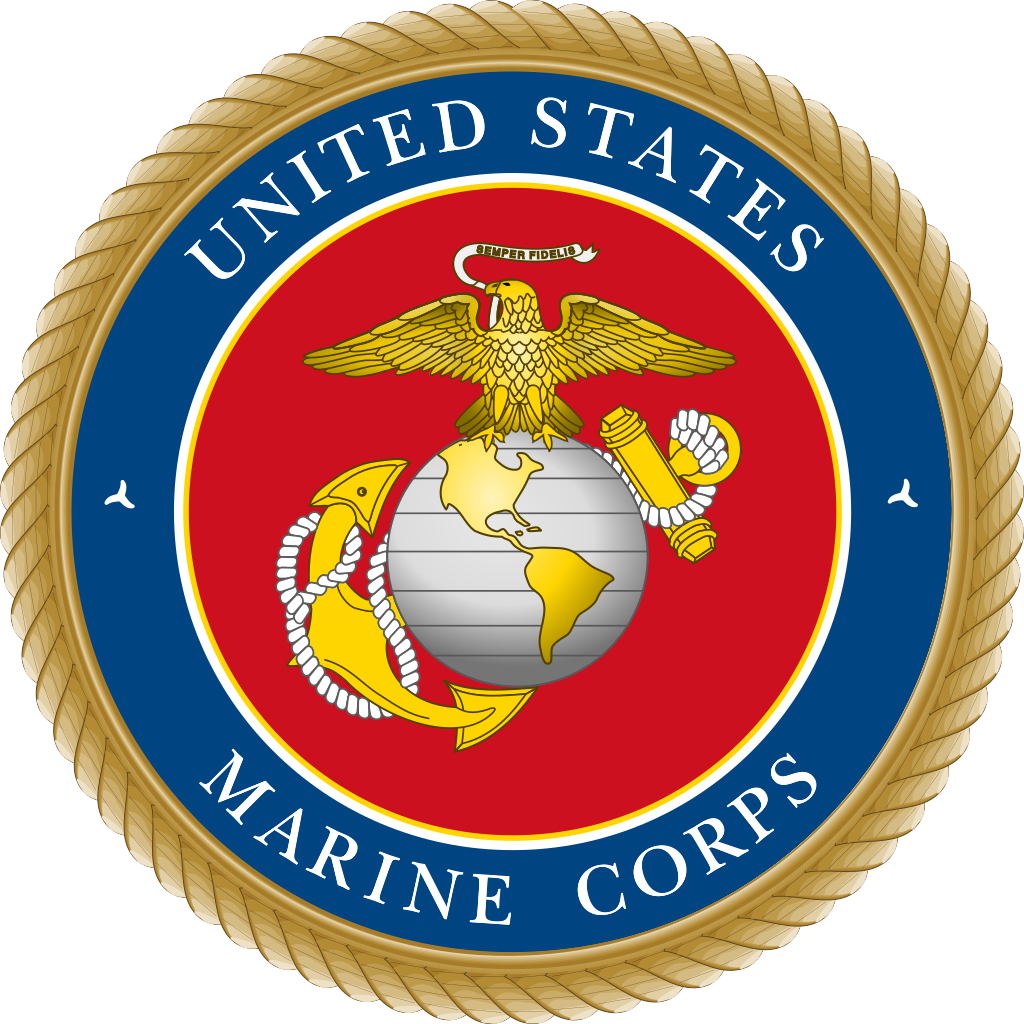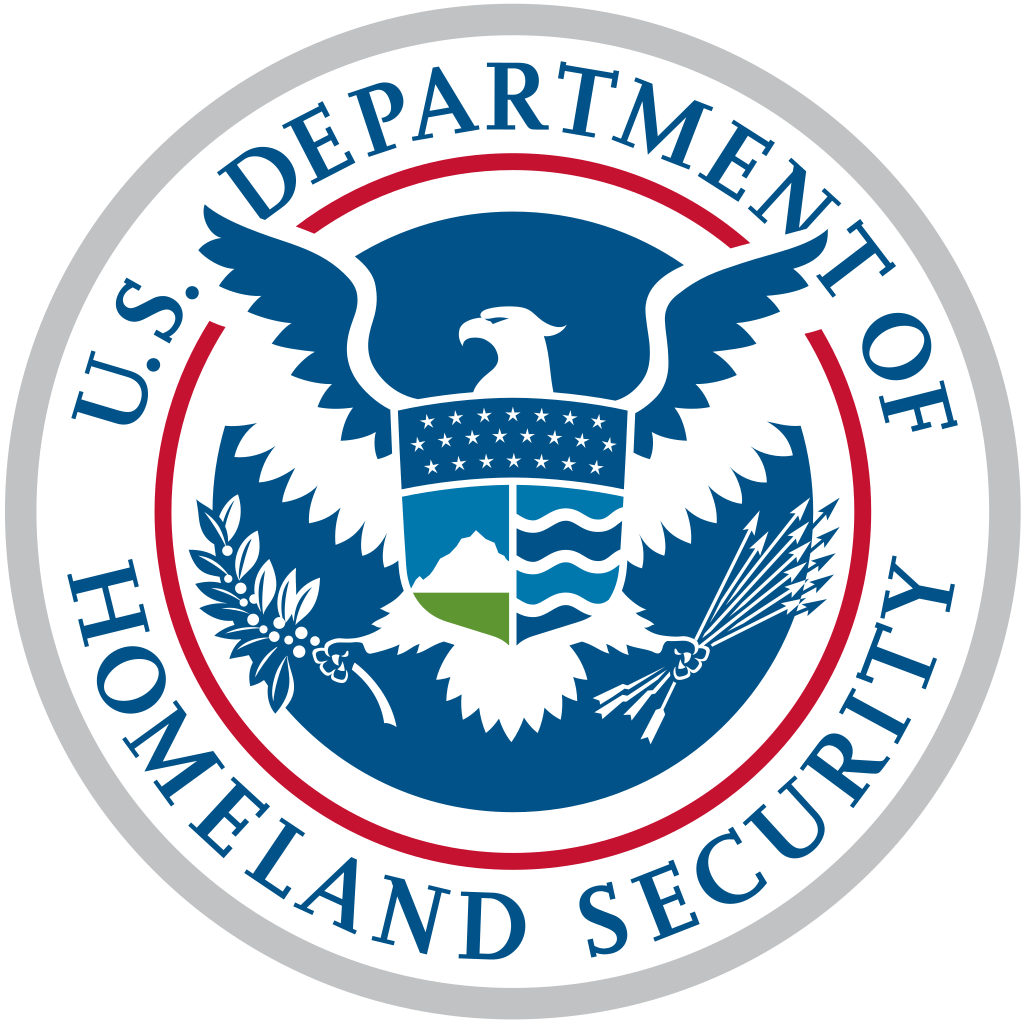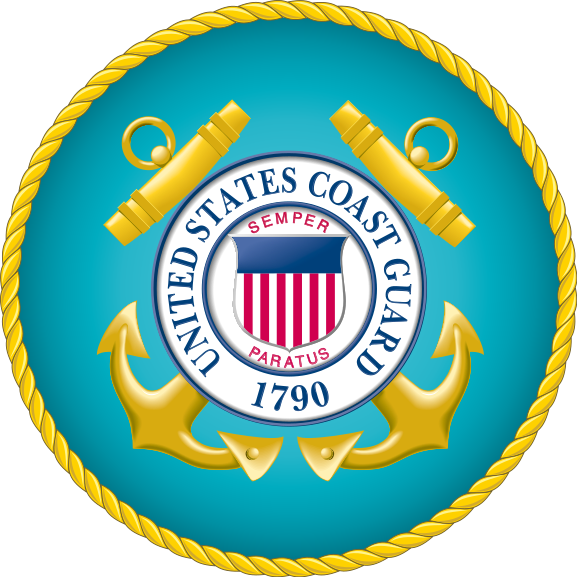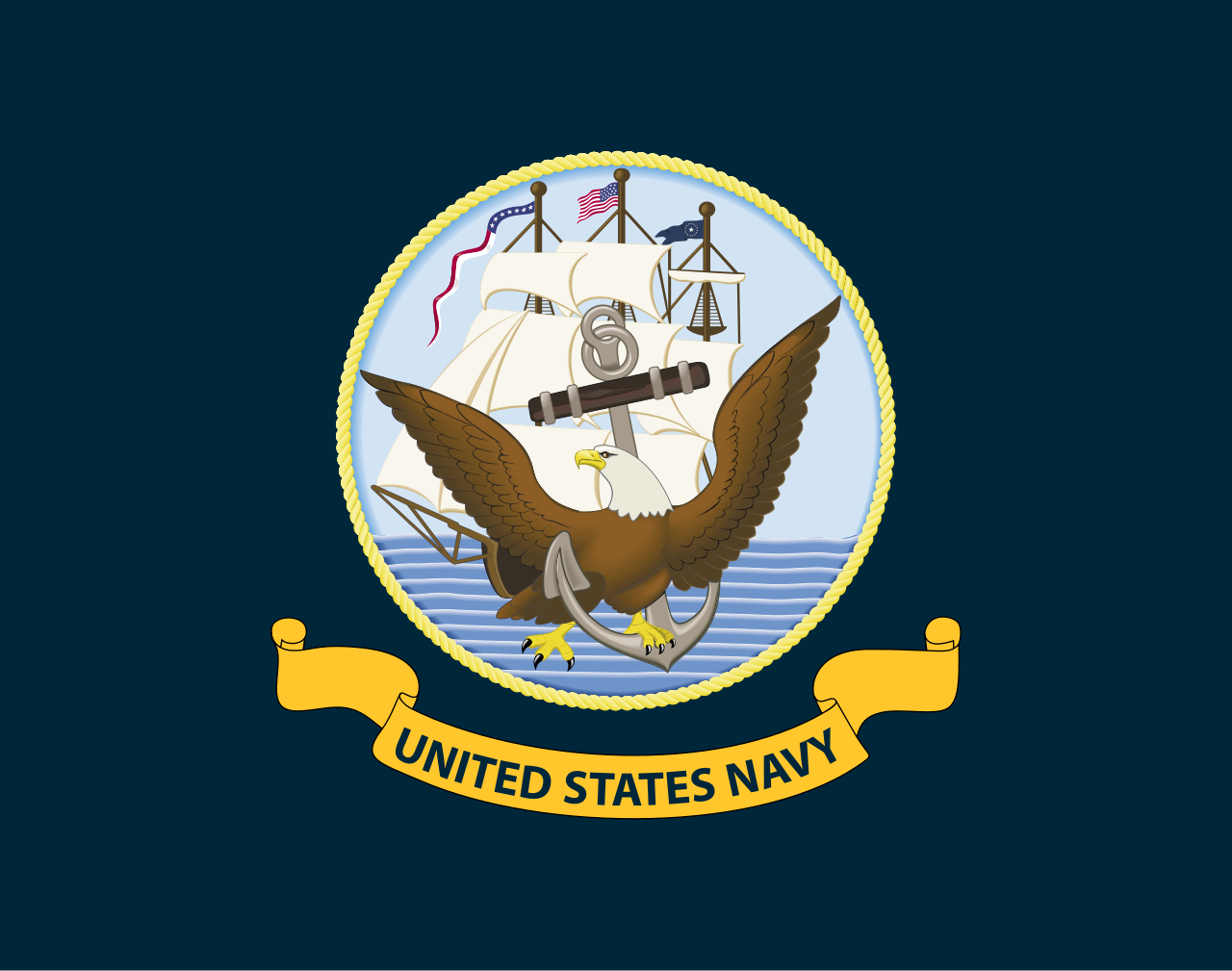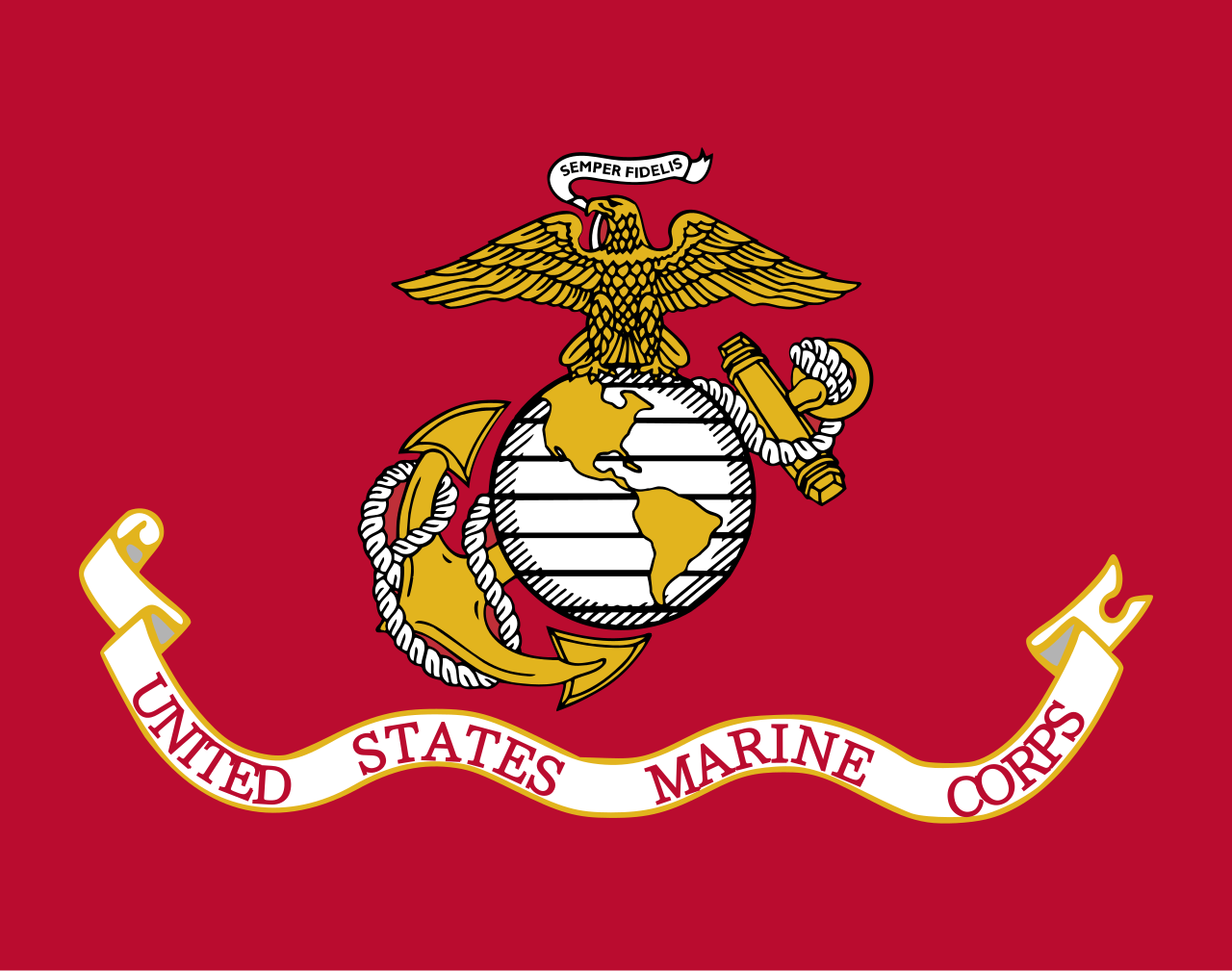- Jul 1, 2018
- 1,695
 |  |  |
Security: Official - Sensitive. Encrypted communications, encrypted documents. Public Knowledge of the existence of an operation. |
Summary of Operation;
->With the ongoing conflict and the need to remove Russian Civilians and Embassy staff from inside both Congo states. The Russian Empire is to deploy a small task force to engage in Search and Rescue operations.
Primary Objectives;
-> Rescue the Ambassador and staff of the Russian Embassy in Kinshasa
-> Rescue any survivors of the Russian Embassy in Brazzaville and repatriate bodies of deceased
Secondary Objectives;
-> Provide medical assistance to any civilians caught in crossfire. If possible.
Equipment and Personnel involved;
HMRS Vladivostok - Mistral-class amphibious assault ship
-> Ship's company: 200
-> Air Crew: 70
-> Aircraft: Aérospatiale SA 321 Super Frelon (x6), Eurocopter EC725 Caracal (x5)
-> Troops: Medical Company, 200th Separate Motor Rifle Brigade (x50), 70th Special Purpose Detachment, 2nd Guards Spetsnaz Brigade, Spetsnaz GRU (x83)
-> Small boats: RHIB (x2)
-> Armaments: 2 × Simbad missile systems, 2 x 20 mm modèle F2 gun, 2 × 30 mm Breda-Mauser, 2 x 7.62mm M134 miniguns, 4 × 12.7 mm M2HB Browning machine guns
-> Fuel: Full
-> Supplies: Full
HMRS Admiral Kharlamov - Udaloy-class destroyer
-> Ship's company: 300
-> Aircrew: 15
-> Aircraft: Kamov Ka-27 (x1)
-> Small boats: RHIB (x1)
-> Armaments: 2 × 1 AK-100 100 mm naval guns, 8 (2 × 4) SS-N-14 'Silex' anti-submarine/anti-ship missiles, 64 (8 × 8) VLS cells for SA-N-9 'Gauntlet' surface-to-air missiles, 4 × 6 30 mm AK-630 CIWS, 2 × 1 21KM AA guns, 2 × 4 533 mm torpedo tubes for Type 53 or Type 65 torpedoes, 2 × 12 RBU-6000 anti-submarine rocket launchers
-> Fuel: Full
-> Supplies: Full
HMRS Vladimir Kolechitskiy - Boris Chilikin-class fleet oiler
-> Ship's company: 93
-> Aircrew: 15
-> Aircraft: Kamov Ka-27 (x1)
-> Small boats: RHIB (x1)
-> Armaments: 2 × 57 mm AK-725 guns, 2 × 30 mm AK-630 rotary cannons
-> Tanks: 10,300tons (29,166m3) of Diesel, 1,000tons (2831m3) of aviation turbine fuel, 1,000tons (2831m3) drinking water, 450tons (1274m3) boiler feedwater, 250tons (707m3) lube oil
-> Fuel: Full
-> Supplies: Full
HMRS Ostin - Fort Rosalie-class replenishment ship
-> Ship's company: 207
-> Aircrew: 15
-> Aircraft: Kamov Ka-27 (x1)
-> Small boats: RHIB (x1)
-> Armaments: 2 × 20 mm Phalanx CIWS, 2 × 20 mm Oerlikon/BMARC KAA guns in GAM-B01 mounts, 4 × 7.62 mm L7 GPMGs
-> Stores: 800 Long tons of dry stores (i.e canned food, pasta etc), 800 Long tons of Refridgerated food, 800 Long tons of Frozen food, 9K114 Shturm missiles (x323), Mistral Missiles (x40), Type 65 torpedo (x12), RGB-60 Depth Charges (x32), 100mm shells (x120), 30mm rounds (x4000), 20mm rounds (x6000), 7.62mm rounds (x30,000), 12mm rounds (x25,000)
-> Fuel: Full
-> Supplies: Full



